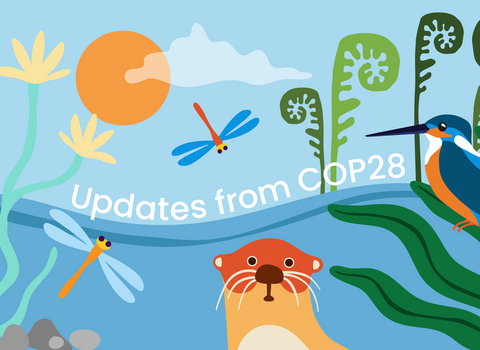With COP28 now in full swing, and the number of different reports being produced, there are always terms being used that are confusing and easily mis-understood.
Scientists often feel like complex terms are the most concise way to write about their findings, but it can alienate many who want to learn about the climate. Hopefully by breaking them down, you can learn about them below.





